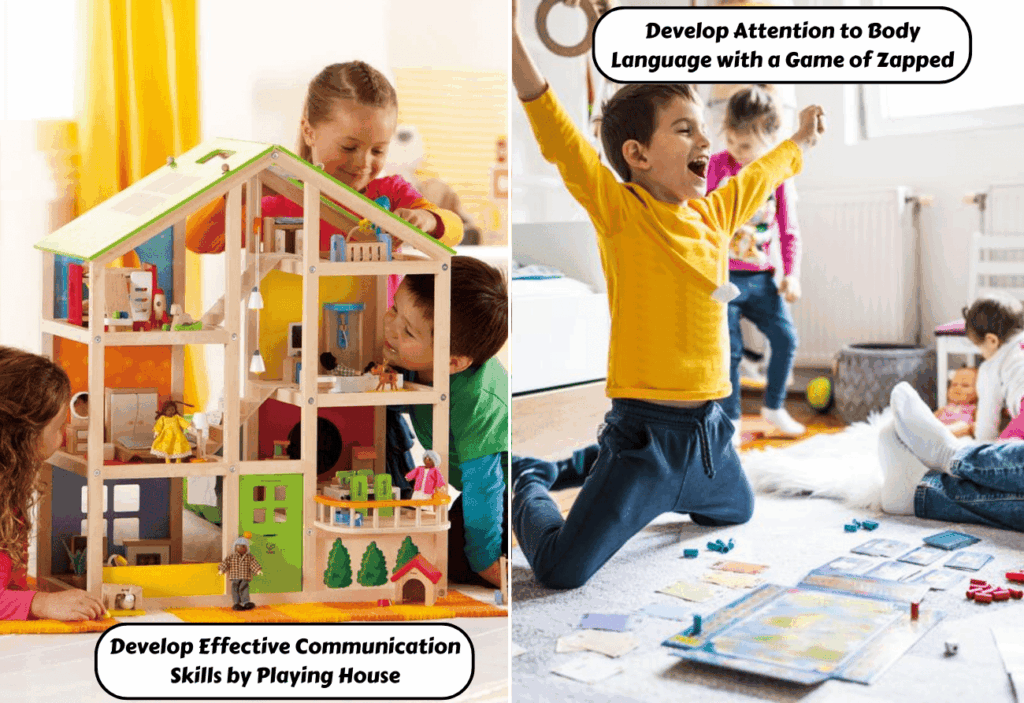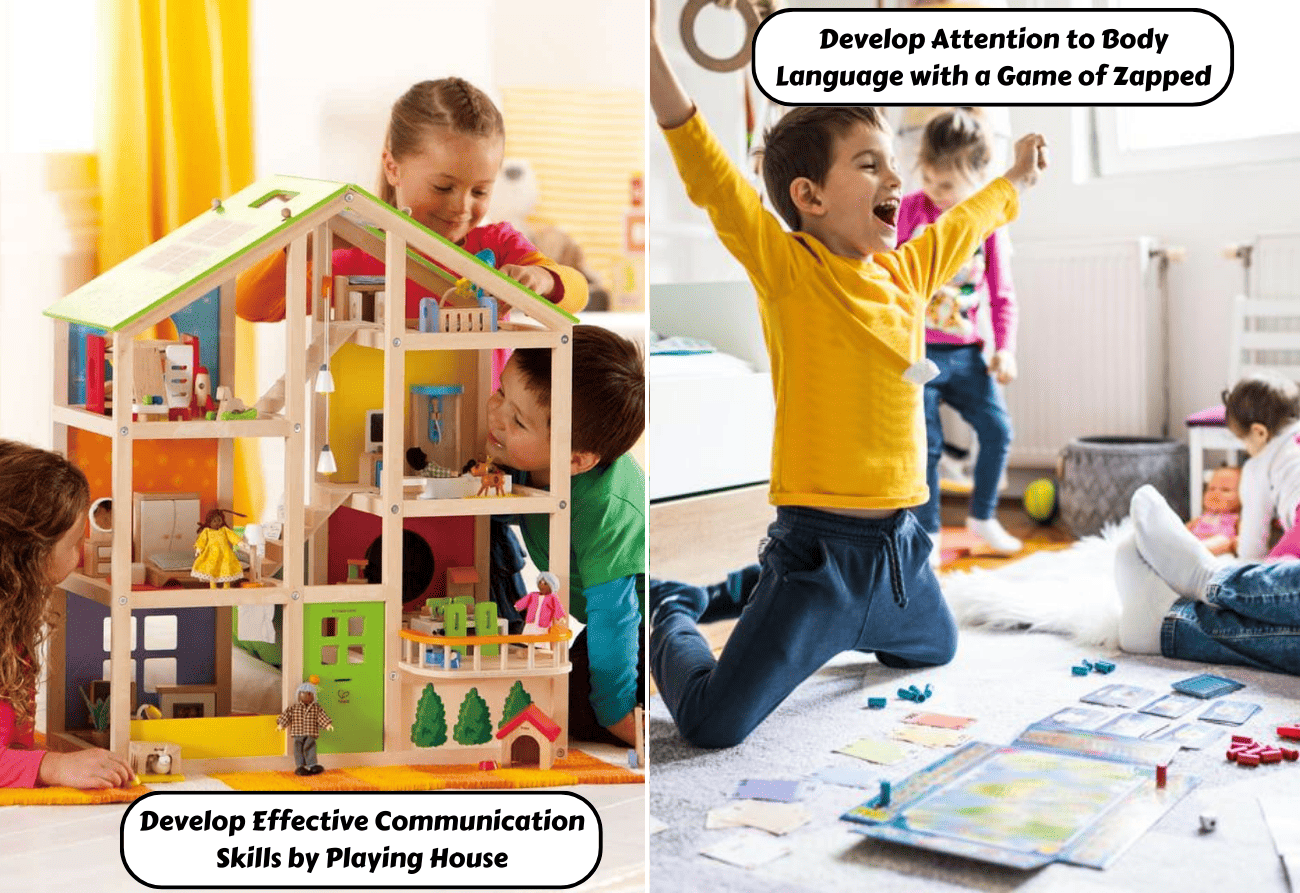
Unlocking Potential: Understanding Where Child Communication Thrives
Effective child communication is fundamental to a child’s development, shaping their social skills, emotional intelligence, and cognitive abilities. Understanding where child communication thrives involves recognizing the environments and interactions that foster open, supportive, and engaging dialogue. This article explores the key settings and strategies that promote healthy child communication, providing insights for parents, educators, and caregivers.
The Home Environment: A Foundation for Communication
The home is often the first and most influential environment for a child. Creating a home that encourages child communication requires intentional effort and consistent practices.
Building Trust and Openness
Trust is the cornerstone of effective communication. Children are more likely to share their thoughts and feelings when they feel safe and secure. Parents can build trust by being reliable, consistent, and non-judgmental. Active listening, where parents genuinely listen to and acknowledge their child’s perspective, is crucial. Avoid interrupting or dismissing their concerns, even if they seem trivial. This builds a foundation where child communication can flourish.
Establishing Regular Family Time
Dedicated family time provides opportunities for interaction and conversation. This could include family meals, game nights, or simply spending time together without distractions. During these times, encourage open-ended questions and discussions. Avoid turning these moments into interrogations or lectures. Instead, focus on creating a relaxed and enjoyable atmosphere where child communication feels natural and organic. [See also: Family Communication Strategies]
Modeling Effective Communication
Children learn by observing the adults around them. Parents who model effective communication skills, such as active listening, respectful dialogue, and clear expression, are more likely to raise children who communicate well. Be mindful of your own communication style and strive to create a positive example. This includes how you handle disagreements and express your own emotions. Demonstrating healthy child communication starts at home.
Educational Settings: Nurturing Communication Skills
Schools and educational settings play a vital role in developing child communication skills. Teachers and educators can create environments that encourage interaction, collaboration, and self-expression.
Creating a Supportive Classroom Environment
A supportive classroom environment is one where children feel comfortable sharing their ideas and asking questions. Teachers can foster this by creating a culture of respect and acceptance. Encourage students to listen to each other, value diverse perspectives, and provide constructive feedback. Activities that promote collaboration and teamwork can also enhance child communication skills.
Incorporating Communication-Based Activities
Incorporate activities that specifically target communication skills. This could include public speaking exercises, group discussions, debates, and storytelling. These activities provide opportunities for children to practice expressing themselves clearly and confidently. Teachers can also use role-playing scenarios to help children develop empathy and understand different communication styles. These exercises can significantly improve child communication.
Utilizing Technology to Enhance Communication
Technology can be a powerful tool for enhancing child communication. Online platforms, video conferencing, and collaborative projects can provide opportunities for children to connect with others and practice their communication skills. However, it’s important to monitor and guide children’s use of technology to ensure they are engaging in positive and constructive interactions. [See also: Digital Communication for Children]
Community Involvement: Expanding Communication Horizons
Involving children in community activities can broaden their communication horizons and expose them to diverse perspectives. Community groups, sports teams, and volunteer organizations provide opportunities for children to interact with people of different ages, backgrounds, and experiences.
Encouraging Participation in Extracurricular Activities
Extracurricular activities, such as sports, clubs, and arts programs, can help children develop social skills and communication abilities. These activities provide opportunities for children to work together, solve problems, and express themselves creatively. They also allow children to build relationships with peers and adults who share their interests. Participation in these activities fosters healthy child communication.
Promoting Volunteerism and Community Service
Volunteering and community service can teach children valuable communication skills while also instilling a sense of social responsibility. Working alongside others to address community needs requires effective communication, collaboration, and problem-solving. These experiences can help children develop empathy and understand the importance of clear and respectful communication. Engaging in these activities promotes positive child communication.
Facilitating Interactions with Diverse Populations
Exposing children to diverse populations can broaden their perspectives and enhance their communication skills. Encourage children to interact with people from different cultures, backgrounds, and abilities. This can help them develop empathy, understanding, and respect for others. It also provides opportunities to learn about different communication styles and adapt their own communication accordingly. This is vital for well-rounded child communication.
Addressing Communication Challenges
While creating supportive environments is crucial, it’s also important to address any communication challenges that children may face. These challenges can range from shyness and anxiety to speech delays and learning disabilities.
Identifying and Addressing Speech Delays
If you suspect that a child has a speech delay, it’s important to seek professional help. Early intervention can make a significant difference in a child’s communication development. Speech therapists can provide assessments and interventions to help children overcome speech delays and improve their communication skills. Recognizing and addressing these delays is key to fostering effective child communication.
Supporting Children with Anxiety and Shyness
Anxiety and shyness can make it difficult for children to communicate effectively. Create a supportive and non-judgmental environment where children feel comfortable expressing themselves. Encourage them to participate in social activities at their own pace and provide positive reinforcement for their efforts. Cognitive-behavioral therapy (CBT) can also be helpful in addressing anxiety and improving communication skills. Supporting these children is vital for improved child communication.
Accommodating Learning Disabilities
Children with learning disabilities may require specific accommodations to communicate effectively. Work with educators and specialists to identify the child’s individual needs and develop strategies to support their communication. This may include using visual aids, providing extra time for responses, or modifying communication tasks. Addressing these needs is crucial for fostering successful child communication. [See also: Learning Disabilities and Communication]
The Role of Technology in Modern Child Communication
In today’s digital age, technology plays a significant role in how children communicate. While technology offers numerous benefits, it’s essential to guide children in using it responsibly and effectively.
Balancing Screen Time with Face-to-Face Interaction
While technology can enhance communication, it’s important to balance screen time with face-to-face interaction. Encourage children to engage in activities that promote real-world communication, such as playing with friends, participating in sports, and spending time with family. Limiting screen time and promoting offline activities can help prevent social isolation and improve communication skills. This balance is essential for healthy child communication.
Teaching Digital Etiquette and Online Safety
Teach children about digital etiquette and online safety. This includes respecting others online, avoiding cyberbullying, and protecting their personal information. Emphasize the importance of communicating respectfully and responsibly in online environments. Open communication about online experiences can help children navigate the digital world safely and effectively. Teaching these skills fosters responsible child communication.
Leveraging Technology for Educational Communication
Technology can be leveraged for educational communication. Educational apps, online learning platforms, and virtual field trips can provide opportunities for children to learn and communicate in engaging ways. Encourage children to use technology to collaborate on projects, share ideas, and connect with others who share their interests. Utilizing these tools can enhance child communication skills.
Conclusion: Fostering a Lifetime of Effective Communication
Creating environments where child communication thrives is an ongoing process that requires intentional effort and consistent practices. By building trust, establishing regular family time, modeling effective communication, and addressing communication challenges, parents, educators, and caregivers can help children develop strong communication skills that will benefit them throughout their lives. Embracing diverse communication methods and leveraging technology responsibly can further enhance children’s ability to connect with others and express themselves effectively. Investing in child communication is an investment in their future success and well-being.

